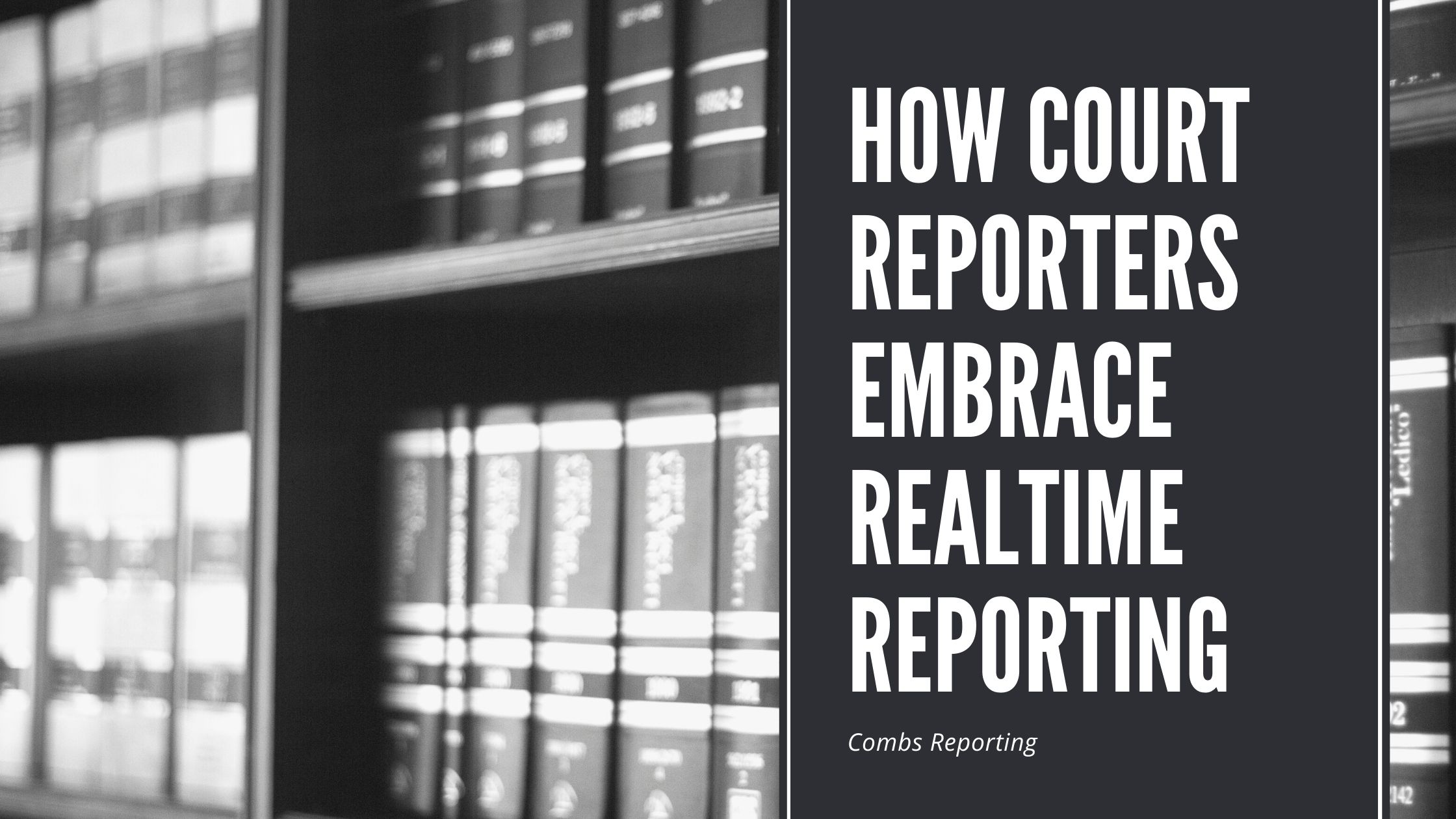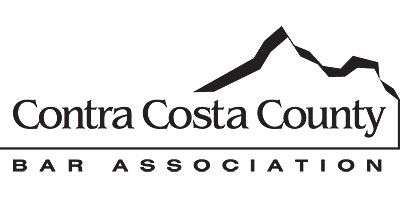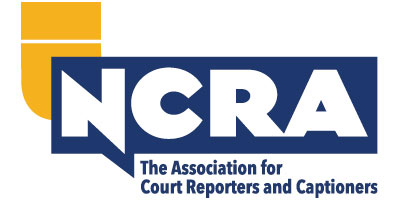How Court Reporters Embrace Realtime Reporting
The natural course of any profession is to become more integrated with technology. The field of court reporting is no different. In the past, court reporters have practiced their profession in somewhat of a secluded nature. This is not to say that the reporters of yesteryear were not actively involved in the courtroom. Instead, the product of their labor was not immediately available for all to see. The emergence of real-time reporting has changed this. It is now possible for reporters to share the words that they report more directly. See how today’s court reporters are integrating real-time technology into their skill set.
A Quick Overview of Real-Time Reporting
In essence, real-time reporting is just what it sounds like. Instead of creating a shorthand transcript that has to undergo further processing, a real-time system generates an instant translation. Therefore, the words are immediately transmitted to a viewable monitor as soon as they are reported. As you might guess, this process provides a host of different benefits for all involved in a legal proceeding. Real-time reporters make significantly more money and have a broader range of available reporting opportunities.
Real-time reporting can provide accessibility for all. Modern systems allow users to view transcripts in the making across a host of different devices. Users can follow along on tablets and laptops. All that is required is specialized software which can handle the interpretation and transmission of shorthand. Of course, it also requires a knowledgeable and experienced court reporter to manage the system.

Additional Advantages
When the reported statements are instantly viewable, it allows others to provide corrections or clarifications.
When a stenographer uses real-time reporting, it also assists in the truth-seeking process. The concept of justice is at the heart of every case. To carry out justice, attorneys need to be able to examine questions and statements on the spot. With instant access to a draft transcript, each counsel can devise important follow-up questions or request clarifications. They can also make notes on a draft copy to perform further investigations. What this ability does is provide additional avenues for legal professionals to get the facts they need to become an active advocate. Much of the real-time software will allow the attorney to annotate and therefore come back to certain questions for follow up.
Wrapping Up Real-Time
The future of court reporting resides in real-time services. There are too many benefits to think otherwise. Stenographers who fully embrace this technology will experience a sharp demand for services. Furthermore, many agencies are actively looking for real-time reporters. Court reporters who can’t fit the bill are likely to lose out on coveted positions. Thus, there are definite economic considerations when considering the field of real-time reporting.
There is some final advice for those reporters who are reluctant to integrate real-time services. Like anything, learning and adapting to a new piece of technology can be challenging. In some cases, it might be downright scary! However, it’s just like learning anything else new in life. You were probably scared of skiing a black diamond route the first time. However, after numerous tries, the course surely seemed a lot more manageable. The same is true for real-time reporting. Therefore, the best thing you can do is jump right in and get acquainted with the software and components.
If you are interested in experiencing the benefits of real-time reporting, contact Combs Reporting for help. We have a program to help ease you into real-time reporting.








Leave A Comment